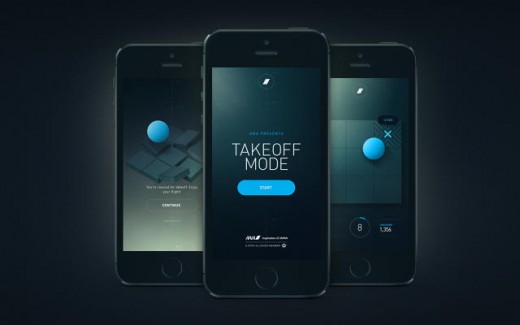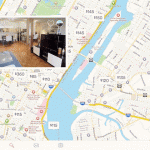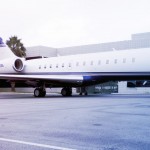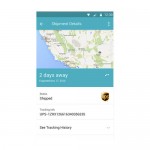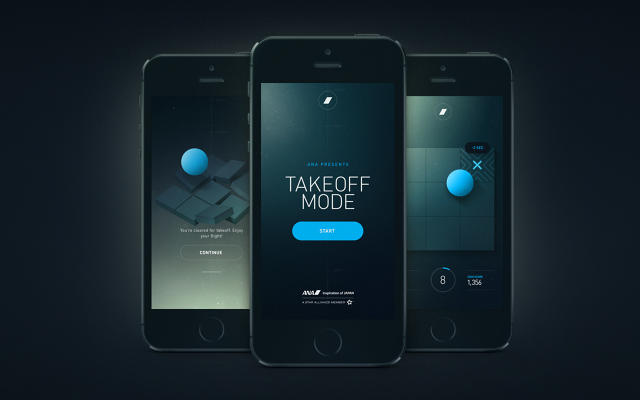Can An App cure Your concern Of Flying?
We take some of the contenders out for a turbulence-crammed spin.
January 5, 2015
before the most recent flight I took from JFK to my place of origin, a 90-minute hop across the state of latest York, I requested the flight attendant for a drink. “do you need a double?” he asked, after seeing my doubtless anxious-looking face. a few minutes later he introduced me a plastic cup full of Johnny Walker wrapped in a napkin, for free.
i have an irrational fear of flying that I on a regular basis handle with self-medication, an expensive and no longer at all times handy treatment—gulping down pictures at 8 a.m. isn’t exactly best. So after I heard of a brand new (free) app that guarantees “to calm down anxious passengers” from Japan’s All Nippon Airways, it seemed like a healthier and more interesting option to handle my flying anxiousness. however can an app in point of fact cure a deep, nonsensical phobia?

profiting from the recently relaxed FAA regulations on in-flight cellular phone use, various airlines and 1/3 events have developed apps catering to the frightened flyer. a few quarter of americans have some form of nervousness related to flying, even supposing simplest 6.5% of the population has “aviophobia,” in keeping with the national Institute of mental well being. The apps aim to alleviate any flying-associated stress hundreds of thousands of individuals experience each 12 months.
ANA developed its app based on greater than 1,000 passenger surveys, which decided that most people who don’t love flying expertise essentially the most soreness all over takeoff. The surveys additionally published that these folks mitigate anxiety with music and distracting games.
With these knowledge points in thoughts, ANA designed a rather attractive game with some stress-free ambient noises, hoping to distract avid gamers from persistent thoughts of dying with the aid of airplane crash. gamers tilt the cellphone to get a sphere to land on a spot and rating factors before the clock runs out. “We knew we wanted folks so as to lose themselves within the recreation,” one of the crucial app’s builders told quick firm. “We opted for easy mechanics, and tried to make it something individuals would want to play again and again.” The track, the developers say, is “soothing with out being soporific—discovering the precise steadiness between center of attention and relaxation.”
What distinguishes ANA Flight from a run-of-the-mill mobile game is that it can sense when takeoff commences, by using reading and analyzing sound. When it senses the proper frequencies, the app pauses the game and shows a takeoff animation.
On a recent flight across the us of a from JFK to San Francisco, I made up our minds to check out the app. sooner than takeoff, I began taking part in the sport, tilting my cellphone back and forth, unquestionably weirding out my row-mates. looking to beat my non-public easiest kept me preoccupied. Then the aircraft began transferring and the sport stopped to show me the takeoff animation, which doesn’t make a lot feel: that’s the surest window for something to distract me from my fear of the plane’s impending crash touchdown. After a number of seconds, the game resumes. however as quickly as we had been transferring, all the tilting, together with the incline of the jet, gave me motion sickness—now not a basic agony on planes, or actually any other shifting autos.
The app is not based on a lot precise research, along with inner surveys, which would possibly explain its lackluster results. other apps, like soar and VALK (“Your in-flight therapist”), that come from more centered flight-related stress reduction companies have the prospective to in fact alleviate some anxiety. based in 1982, jump makes use of cognitive behavioral tactics to help scared flyers. The VALK groundwork was once probably the most first centers for fear-of-flying remedy on this planet, in keeping with ABC news.
each of the apps cram in plenty of data and try to use logic as the primary weapon towards fear. Flying is amazingly protected; turbulence is not a safety difficulty; an aircraft just isn’t suspended in a vacuum, but “borne with the aid of a mattress of air particles.” (That ultimate one is from VALK.) The VALK app ($three.99 within the app retailer) has a “Panic” characteristic, right through which a person with a British accent will calm you down: “k, you might be scared. You assume you’re in danger and can’t deal with the location,” he begins. “keep in cost and put your body as ease… How? Let’s do it together,” he says, earlier than instructing you via various respiration and meditation exercises. leap offers more long-term solutions, “classes” that cost at the least $20. there’s additionally a free respiration exercise.
On my flight again to ny, I determined to ditch ANA’s recreation for these heftier choices. from time to time, the language on VALK is patronizing. The departure tab, as an example, opens with, “that is a thrilling second, as a result of flying is full of thoughts for you.” don’t inform me what to feel, app. soar takes a more simple tone: “Turbulence is rarely a problem for the airplane or for the pilots. Airliners are built the identical as planes that fly climate reconnaissance in hurricanes.”
understanding the details helped right through less excessive moments, when the turbulence felt extra like riding over a gritty street than being on a curler coaster. however my body has an involuntary reaction to specifically bumpy rides: My coronary heart starts racing, my muscle mass annoying, my breath gets quick. I freak out. it is onerous to listen to motive and logic when freaking out on a airplane. after all, i do know that flying is secure; i know that turbulence isn’t unhealthy; i know that respiratory will help me settle down.
all over those moments, the apps every have a useful feature. bounce has a G-pressure meter “to scientifically show that your plane is stable.” the traditional force for gravity is 1 G; free-fall results in a zero-G situation. during turbulence that fluctuates because the airplane shakes. Plans can stand up to between -1G and a couple of.5G. The meter measures the present G-drive of the aircraft. Even all through the scariest a part of my six-hour flight, the meter simplest gauged 1.6. For the less empirically inclined, VALK’s Panic mode, while corny, bargains a useful meditative train: Put your hand in your stomach, breathe, focus to your muscles, no longer your mind.
the largest asset of these apps is having one thing else to focal point on while flying. alternatively, when the woman sitting next to me offered to share her bottle of wine, I did not say no.
(137)

